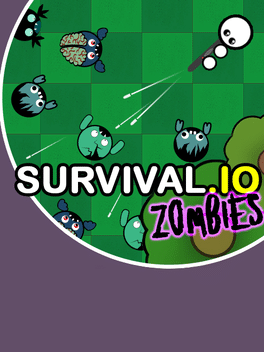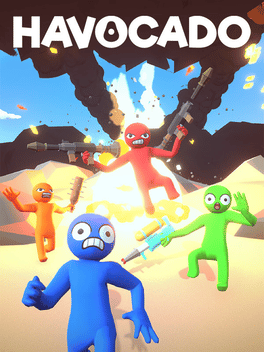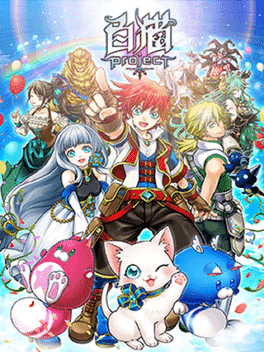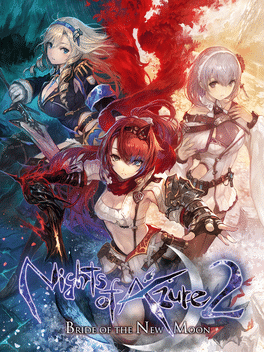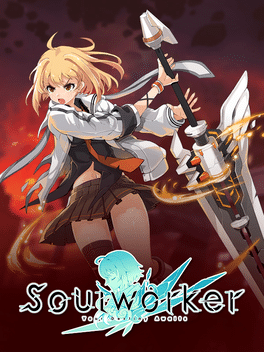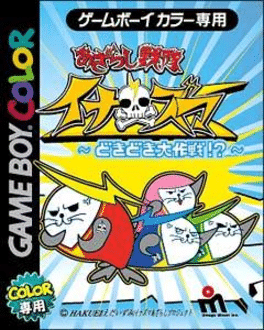
Ju Ju Densetsu (1990)
According to the TAD president, Tadashi Yokoyama: One day in December 1988, a freelance artist came at TAD with a portfolio of designs including this monkey. The team was motivated to do a game around this funny monkey. On February 02, 1989, the first prototype was ready: one level, no enemies, no musics and the monkey can jump only (no shoot). At this point, they decided to reprogram the game entirely from 0. Note JuJu Densetsu was coded with the same system used by the neogeo coders at SNK. During the first location test (at the TAD office) on September 07, 1989, many new ideas came to the developers but most of them were not included in the final product (i.e: snakes on the first stage), because lack of time. On September 15, 1989. a public location test was done in Japan AND in the USA (University of Washington). A second test was done in October. After this test, they decided to program the end of the game (done by a non-programmer in a week-end). Note: The girl you have to save is brune in the attract mode and blonde at the end. The game was finished on November 06, 1989. Then, after about 10 months of development, JuJu Densetsu was finally released on December 08, 1989 in Japan by TAD. 3148 arcade boards were sold. Export releases: "Toki". The title of this game translates from Japanese as 'Legend of JuJu'. The devil monkey with horns from the level 2 is called Bellzador (Dev. code name: Akuma Zaru) and has the most complex AI routine. It takes 27 pages 'A4' format in the source code. Its desing and patern were inspired by Red Arremer from Makaimura. There is some unused sprites for the character's animation in the game code. On February 26, 1990, TAD know that pirate versions of their game appear on the market. This was the last video game developed by TAD. A sequel was planned (JuJu 2! an action puzzle game) for the Super Famicom but the company closed its door 2 months after the JuJu Desnsetsu release. Fortunately, the source code of JuJu 2 was sold to Altron Corp. who released the game as "Little Magic [Model SHVC-LI]". Source: Arcade-History
- Release Date: January 8, 1990
Related Games
-
Havocado
2019
-
Garena Free Fire
2017
-
White Cat Project
2014
-
SoulWorker
2016
-
Rogue Heist
2019
-
PUBG Mobile
2018
-
Pigeon Pop
2018
